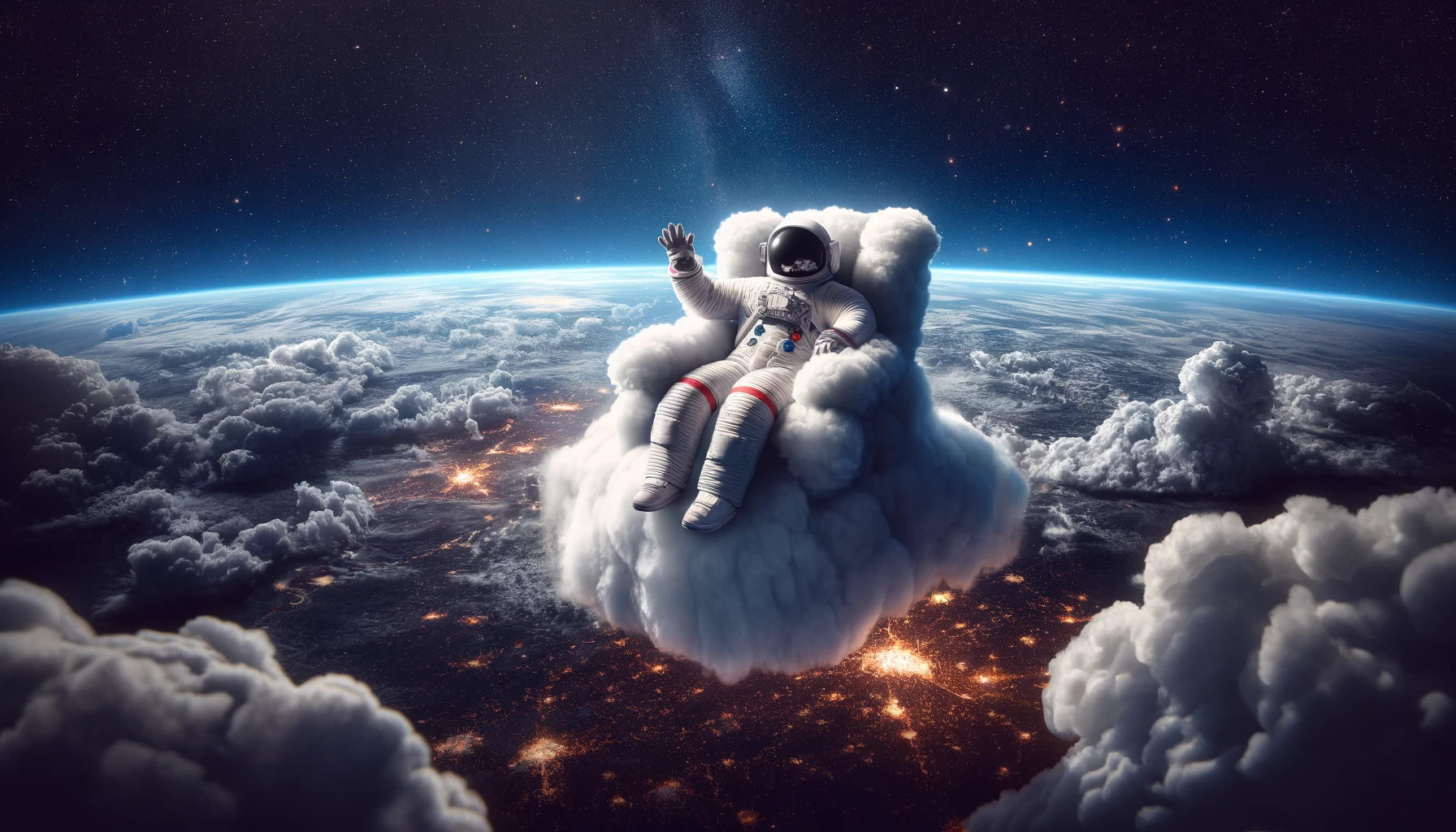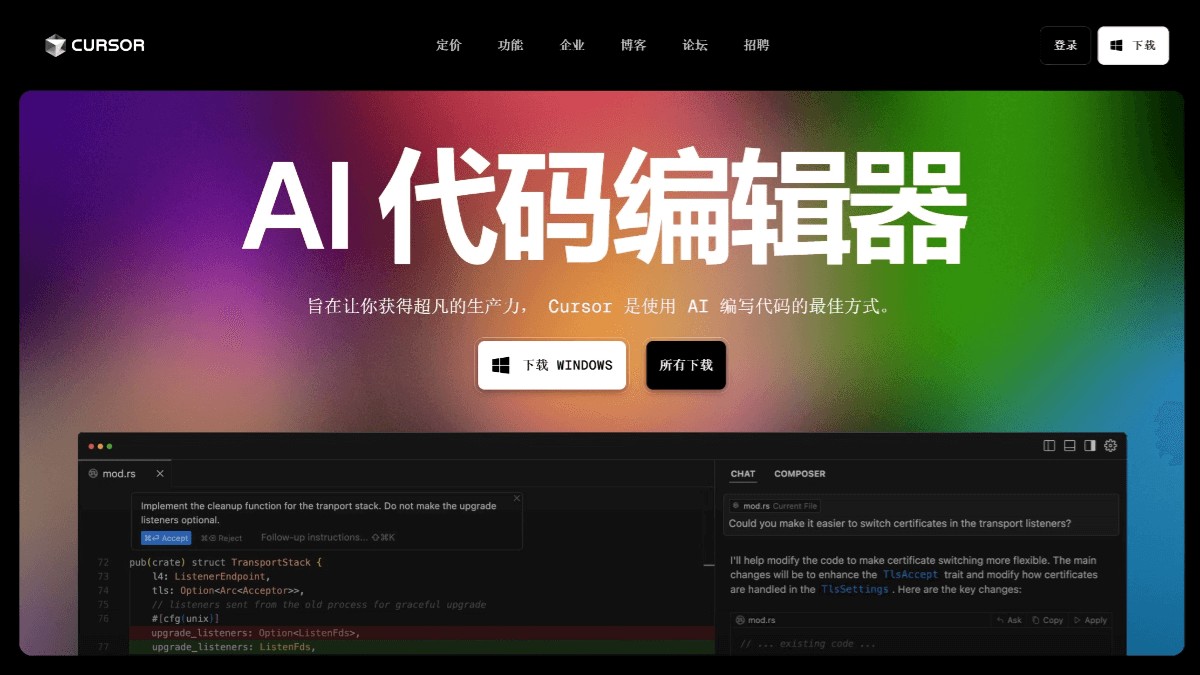
DALL·E is an image generation model developed by OpenAI . It is based on deep learning technology and can generate high-quality images from text descriptions. DALL·E is a variant of the GPT family of language models (such as GPT-3), specifically used for image generation tasks.
The name DALL·E comes from two famous creative figures: artist Salvador Dalí and the animated character WALL·E , symbolizing the model's combination of artistic creation and technical application. It is a breakthrough technology released by OpenAI in 2021 that can generate corresponding images based on text descriptions entered by users. DALL·E can not only generate common objects, but also create objects or scenes that have never existed before.
Text to image generation :
DALL·E generates images based on textual descriptions entered by the user. For example, you can enter "an astronaut riding a flying whale" and DALL·E will generate relevant images based on this description.
Creativity and Innovation :
The model is not only able to generate actual objects and scenes, but also combines different elements into new and creative images. It is extremely generative, allowing users to see ideas that have never appeared before presented in visual form.
Image editing capabilities :
DALL·E can edit existing images through "inpainting" technology (image repair). The user can provide an image and specify the modification area, and the model generates the corresponding modification part based on the text description.
Diversity and detail :
DALL·E is capable of producing images with astonishing detail and diversity, producing corresponding, high-quality images even for very abstract and complex descriptions.
Zero-Shot Learning :
DALL·E demonstrates zero-shot learning capabilities, which means it can understand and generate never-before-seen combinations or concepts without special training.
DALL·E 1 :
The initial version was released in 2021 and is based on a variant of GPT-3. It can generate images from text, but the quality and detail are relatively limited, especially when dealing with more complex scenes.
DALL·E 2 :
DALL·E 2 will be released in 2022 and is an important evolutionary version of the DALL·E series. It has higher image resolution, better image quality, and generates faster. DALL·E 2 also adds image editing functions (for example, modifying images through text descriptions), which significantly improves the creativity and accuracy of the generated images compared to the first version.
DALL·E 3 :
DALL·E 3, currently under development, is expected to further improve image quality, generation capabilities and diversity, and further enhance its processing capabilities for more complex instructions and image editing.
Creative Industries :
DALL·E can be widely used in art creation, advertising design, film production and other fields to help creatives quickly generate images and inspire inspiration.
Games and virtual worlds :
Game developers and virtual reality designers can use DALL·E to create game scenes, character designs and virtual environments.
Education and training :
DALL·E can be used to generate instructional materials that help students understand complex concepts and situations, and enhance the learning experience through images.
Marketing and Social Media :
Marketers can use DALL·E to create personalized, eye-catching images for advertising and social media content.
DALL·E is based on the **Transformer** architecture, similar to GPT-3. It first understands the user's instructions through text input, and then converts the text into image features. DALL·E uses a so-called “CLIP” model to understand the relationship between images and text and be able to generate visual content. CLIP is a dual-modal model proposed by OpenAI. It jointly trains text and image data so that the model can establish a connection between the two to generate images based on text descriptions.
Copyright issues :
Since the images generated by DALL·E are based on text descriptions provided by users, disputes involving copyright may arise, especially when the model generates images similar to existing works.
Ethical issues :
Image generation technology can be used to create false images, which can be used maliciously to spread disinformation, fake images and deepfakes. OpenAI and other organizations are working to ensure the technology is used safely.
Generating inappropriate content :
Although DALL·E has been reviewed and optimized, there is still a risk that inappropriate or harmful content may be generated. Therefore, OpenAI has restricted access to the model and added a filtering mechanism to prevent inappropriate images from being generated.
DALL·E is a revolutionary image generation model that leverages powerful natural language processing technology to transform text into stunning visual content. Whether in the fields of art creation, advertising design, education, games, etc., DALL·E has shown great potential. With the continuous advancement of technology, DALL·E is expected to continue to change people's understanding of creativity and art generation in the future, and open up more application scenarios.



